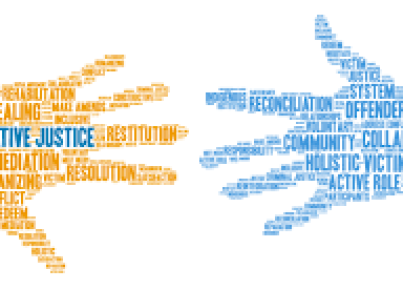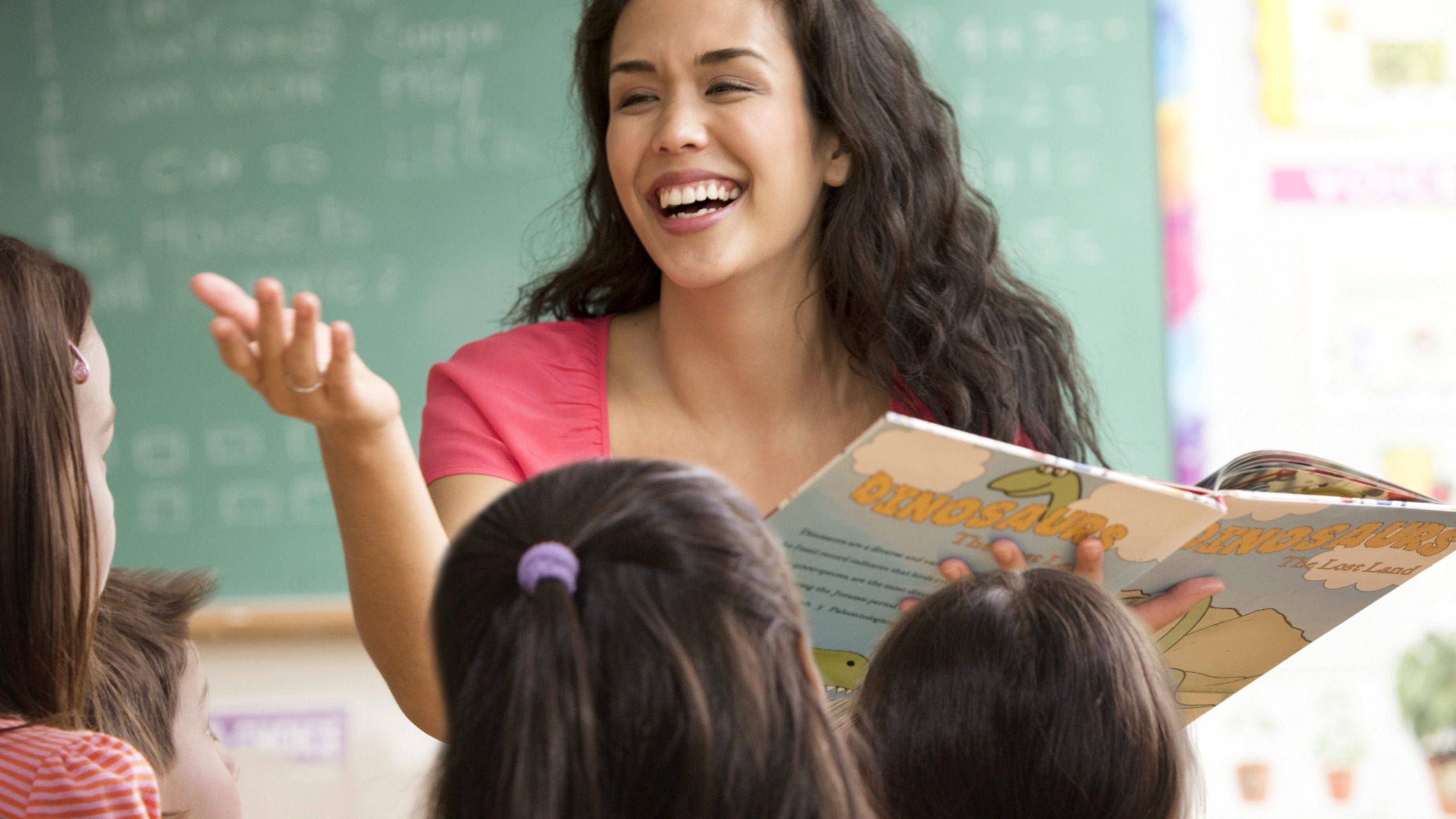Introduction:
The school-to-prison pipeline is a systemic problem in the United States educational system, where strict disciplinary practices disproportionately impact students of color and those with disabilities, pushing them out of school and into the criminal justice system. One way to help dismantle this pipeline is by getting rid of school suspensions, which can unfairly target marginalized students and set them on a pathway to incarceration.
The Role of Suspensions in the School-to-Prison Pipeline:
Suspensions act as a major contributing factor to the school-to-prison pipeline. When students are suspended, they miss important instructional time, become disengaged from school, and are more likely to drop out altogether. Research shows that suspended students are three times more likely to come into contact with the juvenile justice system within a year compared to their non-suspended peers.
Disproportionate Impact on Marginalized Students:
School suspensions do not impact all students equally. Students of color and those with disabilities are more likely to be suspended compared to their white, non-disabled peers. This discipline gap reflects institutional racism and ableism within our educational system and contributes to the overrepresentation of these marginalized groups in the criminal justice system.
Alternatives to Suspensions:
To end the harmful effects of suspensions on student outcomes and dismantle the school-to-prison pipeline, schools should explore alternative disciplinary methods that focus on restorative justice practices:
1. Restorative Circles: These circles promote dialogue between affected parties by focusing on repairing harm instead of punishment, enabling students to take responsibility for their actions in a psychologically safe environment.
2. Peer Juries: A group of trained student jurors hear cases of misconduct and work together to determine an appropriate resolution that prioritizes personal growth and accountability.
3. Conflict Resolution Skills Training: Teaching students how to effectively handle conflict through communication, empathy-building, and problem-solving skills can prevent incidents from escalating.
4. Collaborative Problem-Solving: Implementing a whole-school approach that encourages collaboration between students, teachers, and parents to address underlying issues and develop personalized solutions to students’ behavioral challenges.
Conclusion:
Eliminating suspensions is a crucial step towards dismantling the school-to-prison pipeline. As schools prioritize restorative justice practices over punitive measures, they create an environment that fosters growth, understanding, and accountability for all students. Instituting alternative disciplinary methods will not only benefit marginalized students but will lead to more equitable educational opportunities and enhanced overall student success.





